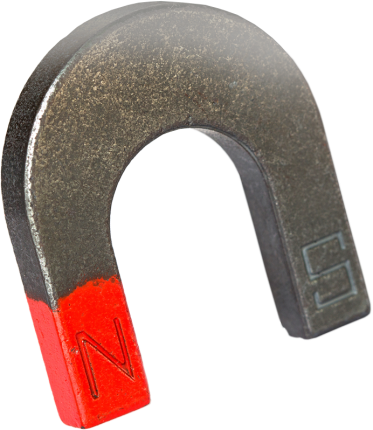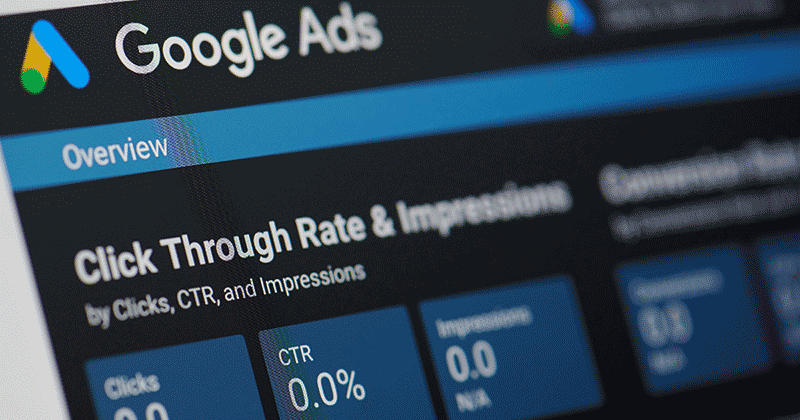Another Google algorithm, more Google confusion
Two weeks after Google’s latest landing page algorithm update and advertisers are still up in arms accusing Google of unjustly sending their bids skyrocketing.
On July 10th, Google warned advertisers they would be making an update to their controversial landing page algorithm and advertisers providing a Google-determined “poor user experience” would see an increase in their minimum bids. Well, they did, and ever since advertisers have been brewing in the forums, several claiming a 4000 percent increase in their minimum bids.
Countless advertisers are reporting seeing bids jump from under thirty cents to an even and bulky $10 — the most common figure associated with these bid increases. What’s responsible for the price hikes?
Search Engine Watch’s Jennifer Slegg sat down with Google’s Senior Business Product Manager Nick Fox recently to get some specifics on how the landing page algorithm works and what Google is looking for. Here’s what I could decipher.
Before the launch of the landing page algorithm, Google used advertiser’s click through rate to determine the quality of the ad, however, this wasn’t particularly effective. Why? Because with compelling (and often misleading) copy, almost anyone can achieve a high click through rate, while still providing users with nothing. This included sites featuring excessive advertising, work from home ads, offering “things that are ‘free but not really free’ and other such scams. Get rid of spammy sites? Excellent, Google, we’re with you there.
However, quite dangerously, Google also decided to cut back on ads “advertising something similar or identical” to other advertisers. It makes sense, but unfortunately it puts Google in the precarious position of determining which advertiser offers the best user experience and which should be forced to pay the increased bids. I’m not sure that’s fair.
Do you trust Google to make that decision? What if the machine-generated algorithm doesn’t understand what your site is really about and lumps it into a category it doesn’t belong? If Google is going to make this decision largely subjective, I think users need more information so they can craft their landing pages accordingly. I also think there needs to be some human intervention. Machines have never been great with the whole subjective thing.
And just what is the penalty if a Google bot deems your landing page inadequate? Either have your ads disabled or pay $10 per click to keep them running. Ten dollars a click? Raise your hand if that eats away at any and all profit. That’s what I thought.
Fox told Jennifer the update would only affect “a small number of publishers” and that he had seen a ‘very low number of “false positive”‘. Unfortunately for all of us he didn’t expand on what a “low number” was, and we’ve heard quite a large outcry from those claiming to be affected. According to Fox, when it comes to landing page quality it is “pretty black and white”.
I disagree there. How can something subjective be considered black and white? It can’t. Just like an algorithm can’t judge user experience. We’re not talking about recognizing keywords and Meta tags here. Judging which ad provides a better user experience is an entirely different game, and one that I think requires a little human intervention.
And the fun doesn’t end there. What do these “low quality bids” get after advertisers make their $10 per click investment?
Jennifer says:
“When advertisers are forced to spend $10 a click from under $1, there could be a situation where those advertisers would then be positioned at the top of the paid results, because their significantly higher bids are pushing their placements above other ads. Fox said that because ads are still ranked the same, those advertisers who are now paying significantly more for clicks could see their ad placement increase along with their bid price.”
Well, that’s interesting. Pay $10 and get your spammy landing page to appear higher than legitimate ones? This should be good.
Advertisers who find them on the wrong side of Google’s landing page algorithm should concentrate on “improving the quality” of their ads and then ask Google to have their landing pages re-evaluated. Of course, as always, trying to surmise what Google deems important is never an easy task. (Nor is getting a search engine rep to act when you ask them to.)
Of course, there’s plenty of speculation as to what could be part of Google’s landing page equation. A thread at WebmasterWorld features some interesting suggestions given to an advertiser by his AdWords rep, including increasing the amount of content, creating a separate privacy policy and contact page, and including quality links to external sites.
We recommend taking a careful look at Google’s AdWords Landing Page and Site Quality Guidelines, and if that leaves you wanting more (which wouldn’t surprise us), Jennifer gives advertisers ten more tips for improving landing page quality page.
- Link to the correct page
- Ensure your ad copy matches the page copy
- Make sure ads are labeled as such
- Ensure you have a privacy policy in place
- Contact information
- Landing pages that require registration for more information
- When offering something for free
- Ensure your content is unique
- When your landing page consists of primarily external links
- Do not take over your visitor’s web experience
26,000+ professionals, marketers and SEOs read the Bruce Clay Blog
Subscribe now for free to get:
- Expert SEO insights from the "Father of SEO."
- Proven SEO strategies to optimize website performance.
- SEO advice to earn more website traffic, higher search ranking and increased revenue.

Comments are closed









